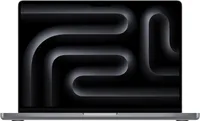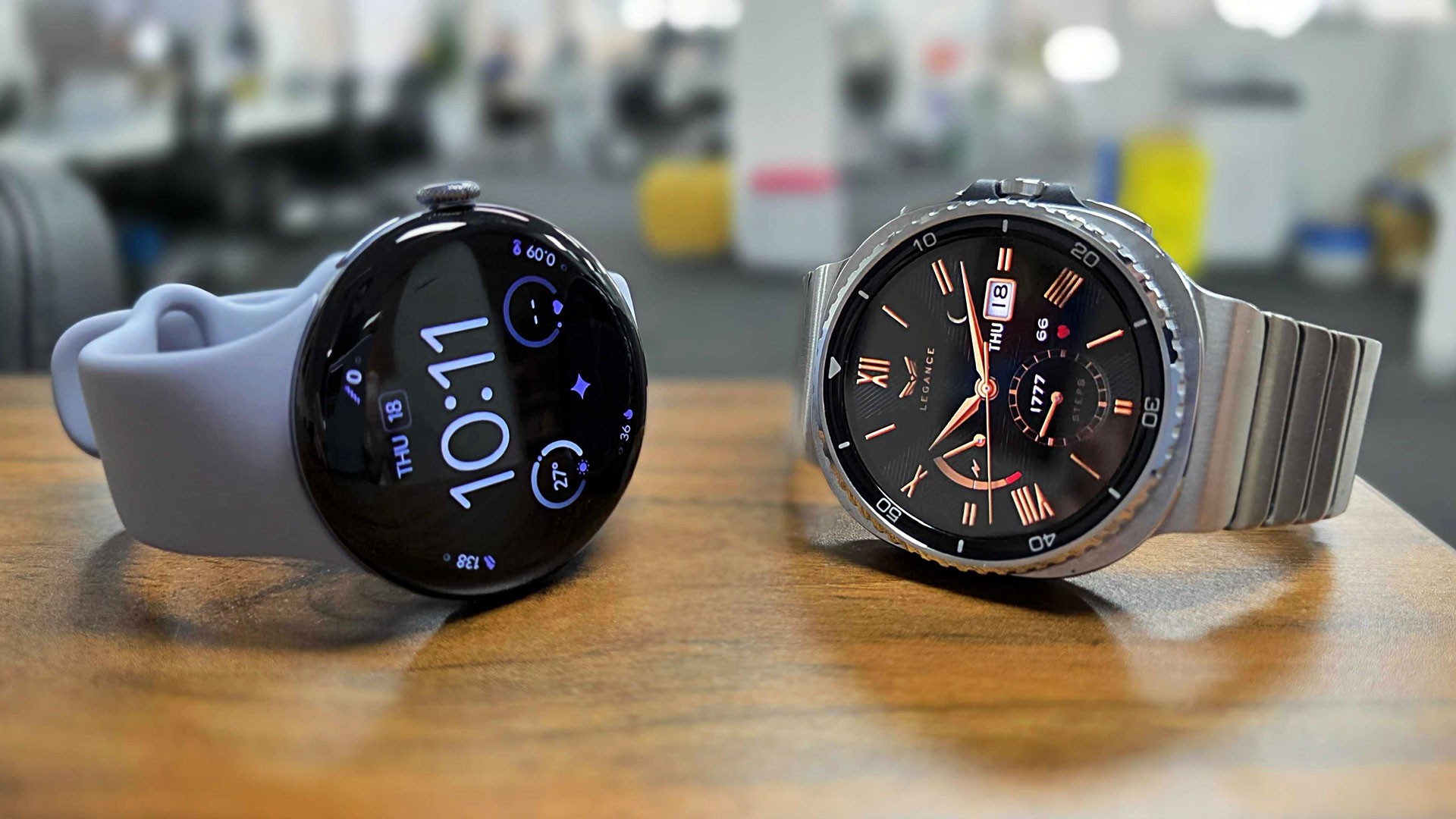I was the A/V nerd on campus — here’s why creative students should pick the MacBook Pro
Studying media, film or design? This laptop is the best investment
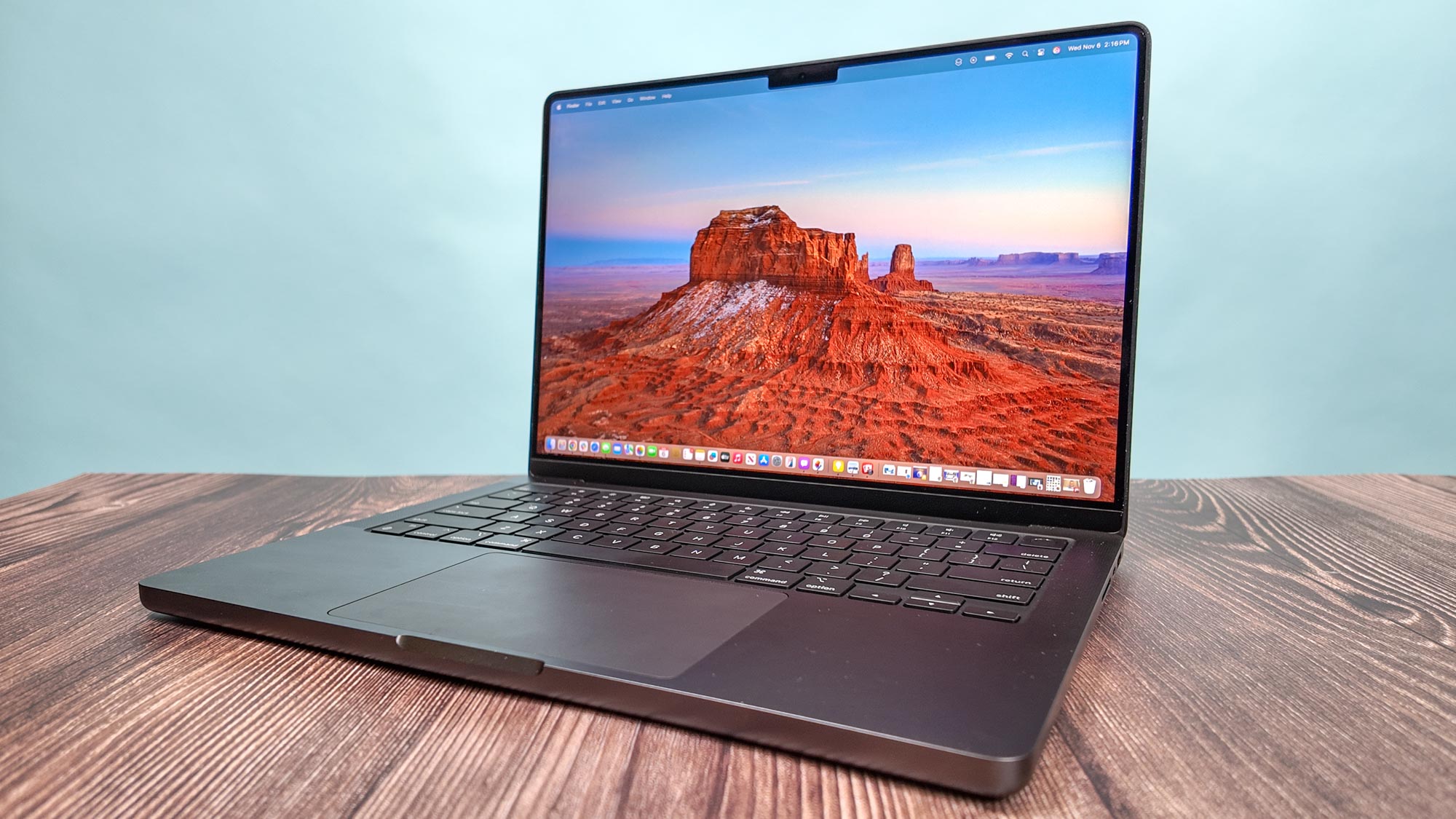
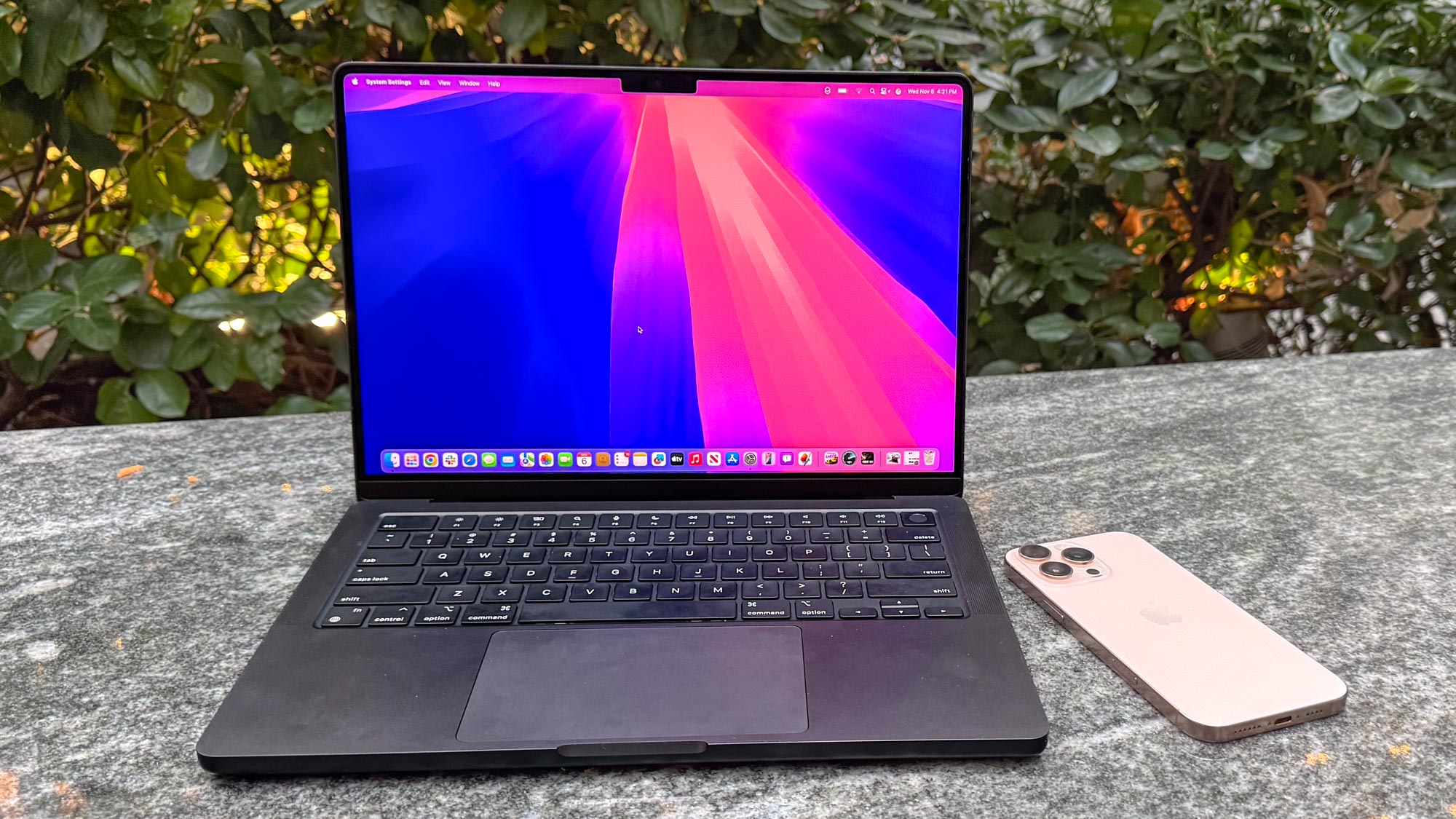
Beyond the MacBook Pro, there is an ocean of companies trying to sell you what they think is a great laptop for your studies. Block out the noise and check out my best laptops for students guide for my expert picks that are worth your money.
I was an A/V nerd back in college, spending my time obsessing over photography and videography for my degree, while recording my own music as a passion. Through it all, one laptop brought my imagination to life: the MacBook Pro. And I can safely say that is still very much the case in 2025.
Ever since flipping to Mac 18 years ago for my daily driver (I felt myself grow older typing that), I’ve never looked back. The industry-standard software support, the display and build quality, the “it just works” synergy of Apple’s entire ecosystem, the raw horsepower for prosumer tasks, the battery life — all of this comes together to make it a must-buy for any creative in school.
So what makes it so special? What makes the M4 MacBook Pro the default choice I tell anyone going into a media course similar to mine to get? Let me explain.
The M4-based MacBook Pro M4 is pretty close to being the perfect laptop. You get fantastic performance from the M4 chip, useful Apple Intelligence features, a better webcam and obscenely long battery life (18:31). In our MacBook Pro 14-inch M4 review, we said it's the best laptop for power users, now with more AI features. The base model features a 14.2-inch 3024 x 1964 Retina display, Apple M4 CPU, 16GB of RAM, and a 512GB SSD.
If you're looking for raw horsepower, the 14-inch MacBook Pro with M4 Pro chip is for you. It offers blistering performance and will likely speed through most of your daily tasks without so much as a hiccup. The base model features a 14.2-inch 3024 x 1964 Retina display, Apple M4 Pro CPU, 24GB of RAM, and a 512GB SSD.
Power and stamina
When I went to college, my MacBook Pro still had a light-up Apple logo and an Intel processor. But it was still the speed demon of the campus with somewhat decent battery life.
In 2025, that’s a very different story. Apple silicon continues to dominate the charts in Pugetbench creator software benchmarking and equally offering serious longevity.
| Row 0 - Cell 0 | Photoshop (Score/Time) | Premiere Pro (Score/Time) |
MacBook Pro M4 | 10,542 / 11.74 min | 4,618 / 6.13 min |
MacBook Pro M4 Pro | 12,292 / 10.94 min | 8,888 / 3.59 min |
Dell 14 Premium (Intel Core Ultra 7 255 H / RTX 4050) | 7,583 / 18.19 min | n/a |
Asus ProArt PX13 (AMD Ryzen, RTX 4050) | 7,948 / 18.32 min | 7,074 / 4.70 min |
Even on the regular M4 MacBook Pro, the speeds of rendering a complex 4K video edit or adding large modulation, distortion and delay effects to multiple tracks in an audio composition are done rapidly. But of course, you can step it up to M4 Pro for that additional performance.
Currently, I’m on an M3 Pro MacBook Pro as my daily driver, and I’m able to export a 20-minute 4K video from Final Cut Pro in around 5-6 minutes depending on the complexity. This is significant for speedily turning around work for tight deadlines.
Get instant access to breaking news, the hottest reviews, great deals and helpful tips.
Stellar software
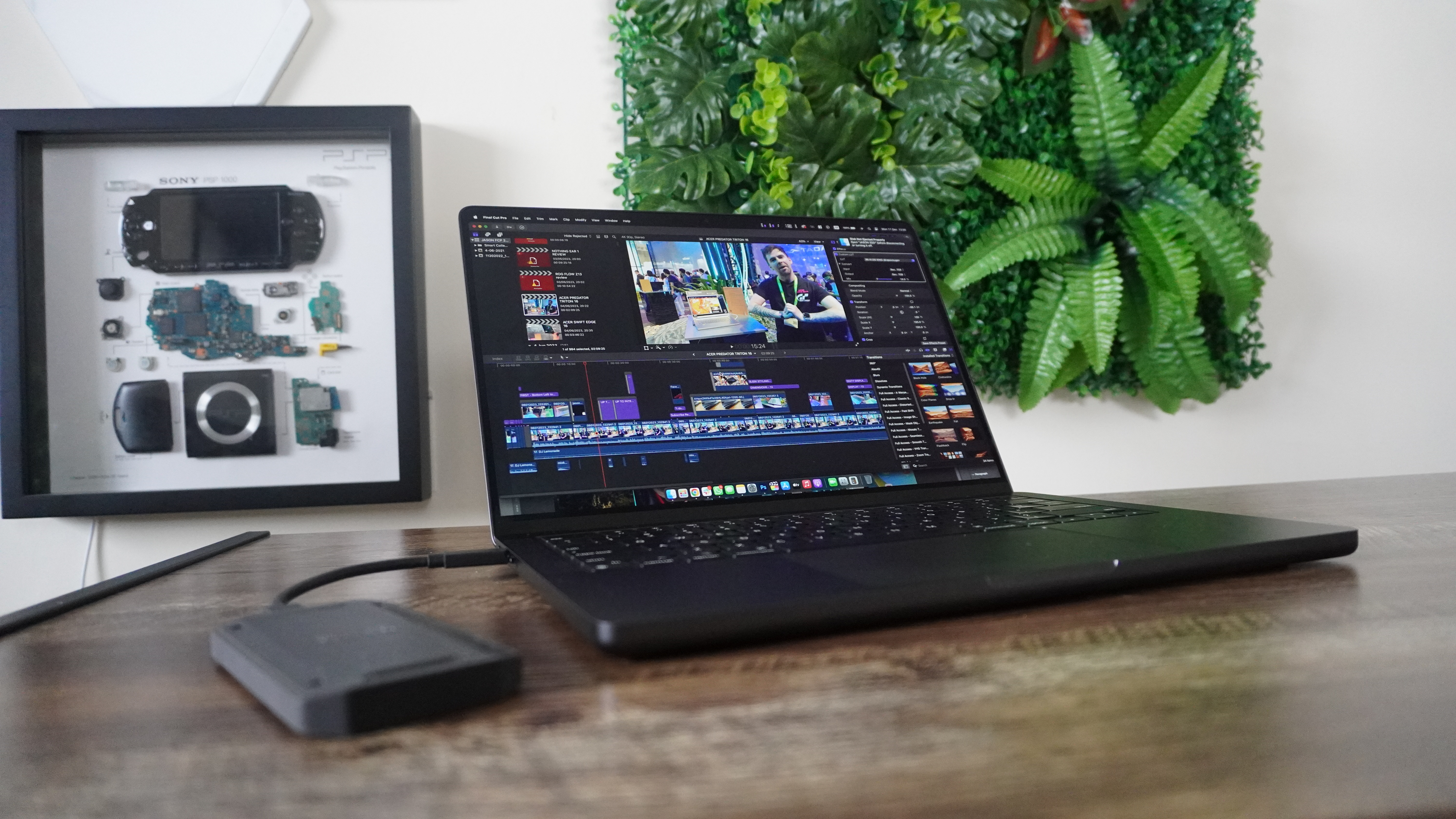
It’s Apple’s m/o after all — make great hardware, but don’t forget about the software too. I do dabble in Adobe’s creative suite every now and again (mostly Photoshop, but I do know my way around Premiere Pro), but in my mind, none of the competition comes close to Final Cut Pro and Logic Pro.
Now I know that’s a controversial take, and before I get absolutely torched in the comments, I know there are more feature-rich options out there. For example, DaVinci Resolve does have more powerful color grading tools than FCP, and Pro Tools gives you a lot more control over multi-track recording.
But what I’m talking about here is the ease-of-access and the better balanced sliding scale between simple creations and the increasing complexities of pro content creation. To get to the point of color grading in DaVinci, it takes a number of steps and a ton of industrial knowhow to get there. On Final Cut, it could be as easy as clicking “Enhance light and color” for a quick fix, or you have the flexibility to get super personal on it.
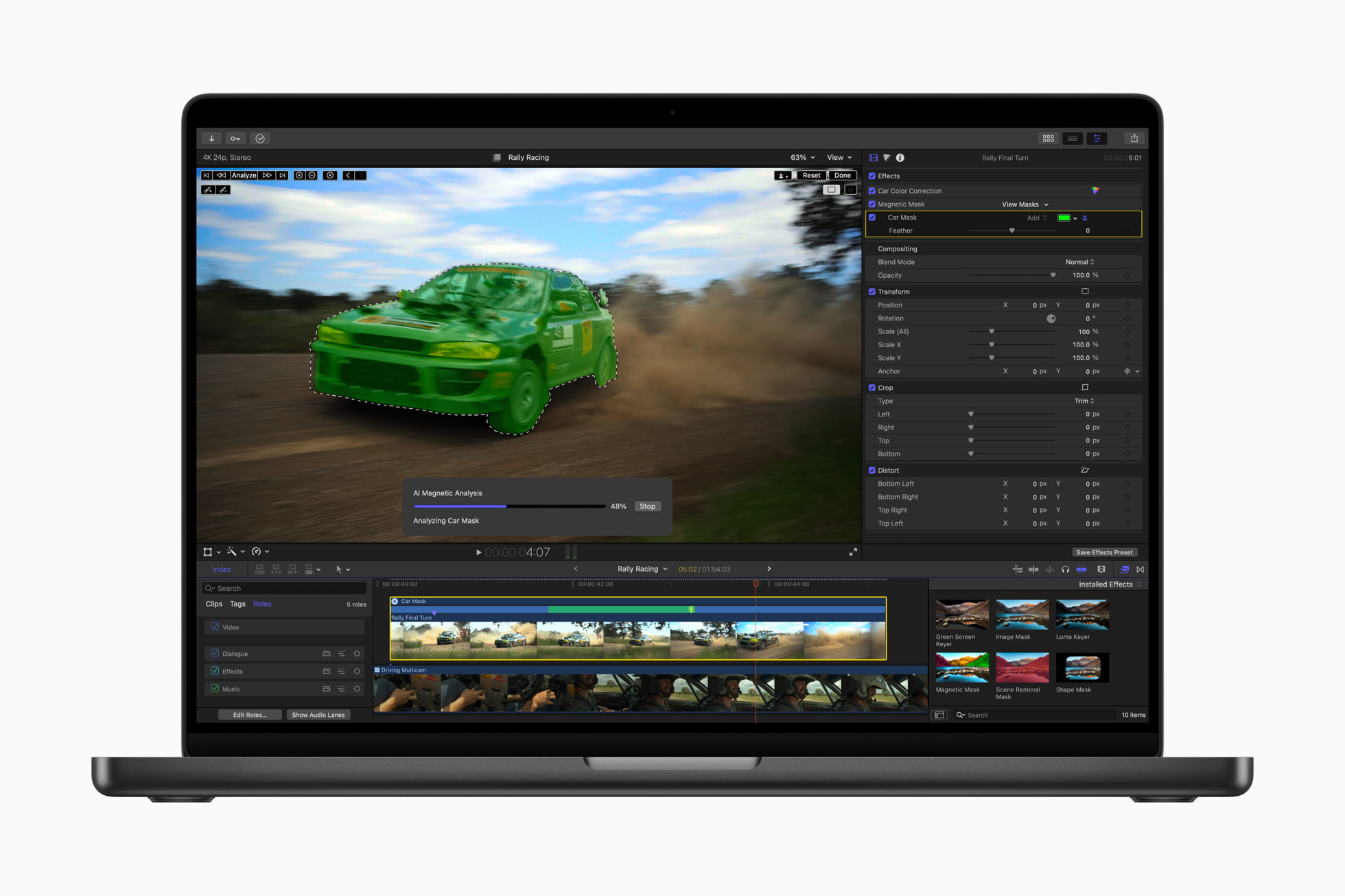
To even just set up a session in Pro Tools, there’s a steep learning curve (and don’t even think about adding MIDI instruments, as support is weak). With Logic Pro inheriting a combined loop/timeline user interface, creating a song is a cinch, but with a huge depth of Audio FX manipulation to geek out over the millisecond response time of a reverb.
And these have just gotten better over time with AI tasks boosted by that Neural Engine — tracking a moving person to walk in front of some giant text is as easy as setting a magnetic mask, and you can alter the tempo of an audio track without any noticeable digitization of the sound quality.
In terms of capabilities, they are indeed apps used by pros across the world, but Apple absolutely nailed the UI on them to essentially handhold you through your first creations and gently start to layer over increased complexities in a real “what you see is what you get” quality.
Plus, a special shout-out to the fact you can just buy them outright for life — rather than being forced into a monthly fee for Adobe Creative Suite.
A mighty midnight machine

So most of my ideas come past midnight (shout-out to my fellow insomniacs). At a time like that, you need speed and stability so as to not let that idea vanish out of your mind in the time it takes to start a laptop up.
The instant-on nature of a MacBook Pro is one of the low-key best bits about the machines of today. Immediately, you can jump straight in and open what you need to open — rather than having to wait for a few seconds for your Windows laptop to wake up and be notified of any news on the Microsoft widgets bar (also those ads…you’ve got to love those ads).
It’s clean enough to jump straight into whipping something together within seconds. And this was on my 13-inch MacBook Pro from 2015 that you see here.! Fast forward to now, and that process has only gotten faster.
The one to buy
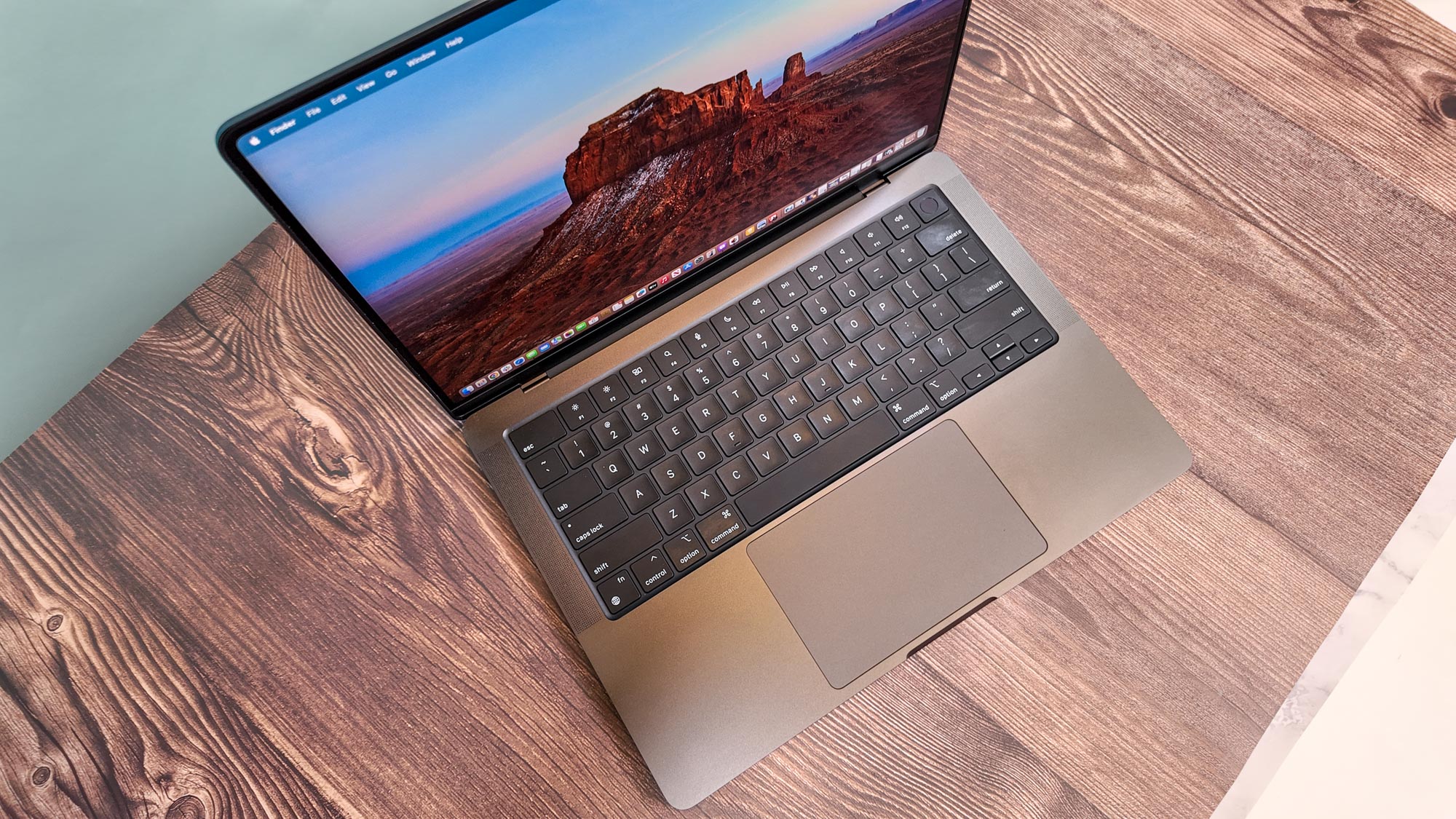
None of this is to say there aren’t viable alternatives in the Windows space. I’ll be the first to admit that after falling in love with the likes of the Asus ProArt P16 (currently testing the new 2025 version).
But whichever way you slice it, I always end up finding my way back to a MacBook Pro and feeling all the more creatively engaged with it. The snappiness of the performance, the worry-free battery life, the quality of that display and the utilitarian nature of the laptop just getting out of the way of you making cool stuff just gives you reassurance in what you create.
And it’s that feeling that makes this easily my personal pick of the pack for a laptop for any college student jumping on a creative degree.
Follow Tom's Guide on Google News to get our up-to-date news, how-tos, and reviews in your feeds. Make sure to click the Follow button.
More from Tom's Guide
- I review laptops for a living — here's the 5 best accessories I recommend for back to school
- The Lenovo IdeaPad Slim 3x could be my new favorite budget laptop — here’s why
- M5 MacBook Pro — all the rumors we’ve heard so far

Jason brings a decade of tech and gaming journalism experience to his role as a Managing Editor of Computing at Tom's Guide. He has previously written for Laptop Mag, Tom's Hardware, Kotaku, Stuff and BBC Science Focus. In his spare time, you'll find Jason looking for good dogs to pet or thinking about eating pizza if he isn't already.
You must confirm your public display name before commenting
Please logout and then login again, you will then be prompted to enter your display name.
